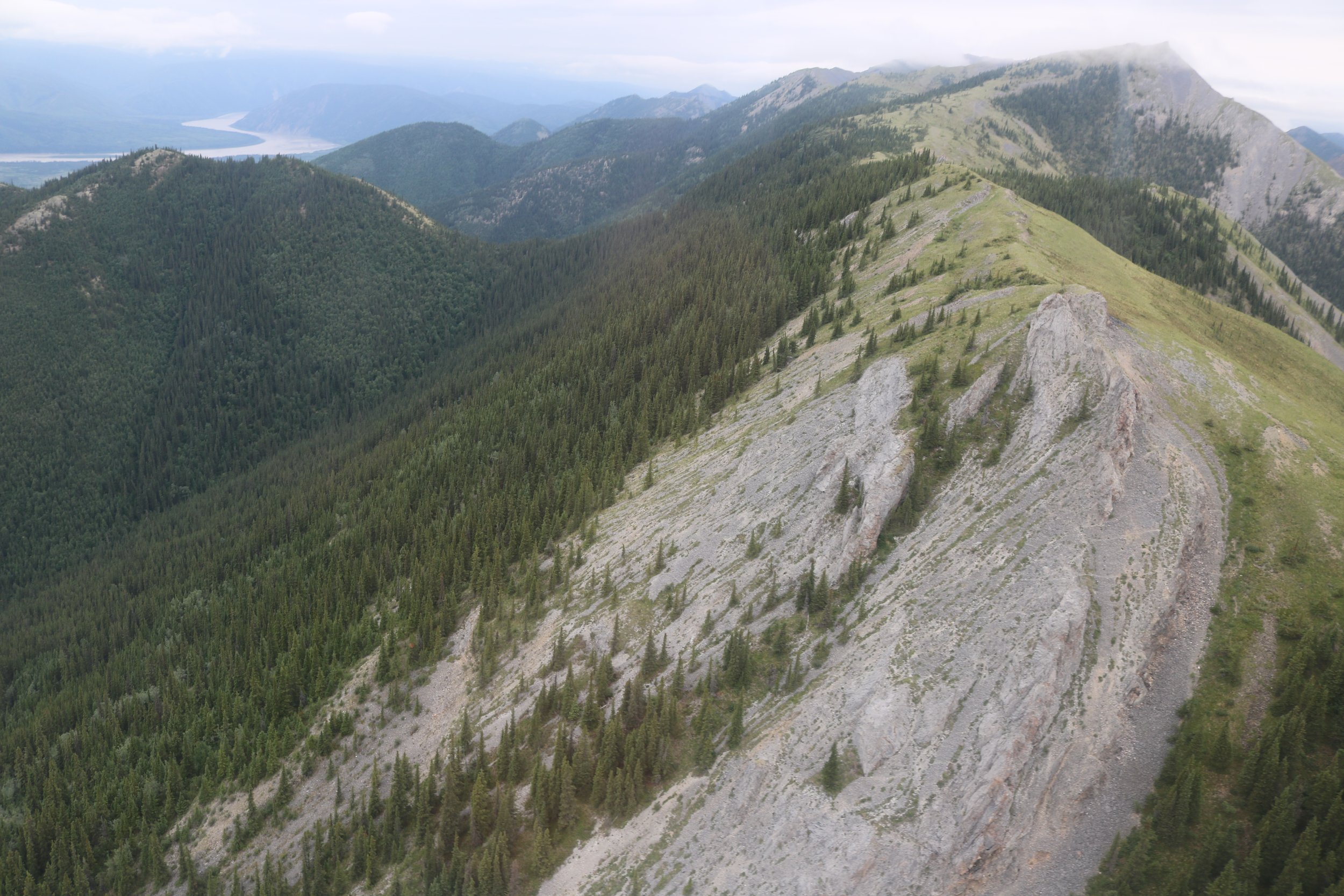
MAPPING AND MONITORING CLIMATE-CHANGE REFUGIA TO ENHANCE HABITAT PROTECTION AND STEWARDSHIP FOR PRIORITY SPECIES & ECOSYSTEMS
Lead: Wildlife Conservation Society Canada (WCS Canada)
Timeframe: 2021-2025
Climate overheating is forcing species and ecosystems to respond by ‘adapting in place’ or ‘moving in space’. We are mapping climate-change refugia at multiple scales across Yukon to ensure plant and animal species have opportunities to respond to the changing climate. Climate-change refugia are sites relatively buffered from changing temperature and moisture where plant and animal habitats can persist. Enduring features are physical features of the landscape that will not change nearly as fast as habitat that is directly influenced by climate, and so are a type of refuge. Combined, these sites will give plants and animals an opportunity to adapt to the changing habitats of Yukon South Beringia. With our research partners University of Alberta/Yukon University, Canadian Forest Service, and Kehm Consulting, we are using a novel approach that combines the mapping of climate-change refugia and enduring features at multiple scales in a single framework. The maps produced by this project will aid Yukon South Beringia partners to identify, protect, and monitor a network of sites with the highest climate-change resilience and thus potential to support persistence of priority species and ecosystems.
Values: Ecosystems - Riparian, Wetland, Forest, Dry Meadow, Dune, Alpine, and Tintina Trench
Threats Addressed: Climate Change
Photos (below) credit: Hilary Cooke

Cool Warm Slopes, Rocky Feature, 2021

Klondyke Plateau, August 2021

Climate Refugia Team, Top of the World Hwy, 2021

Riparian Forests, August 2021

Temperature & Snow Monitoring, Top of the World Highway, 2021

Tors Formation
Resources
coming soon…
Other FUnders
In addition to Environment and Climate Change Canada, this project would not be possible without the generous support of the Weston Family Foundation and the Wilburforce Foundation. We thank you!




